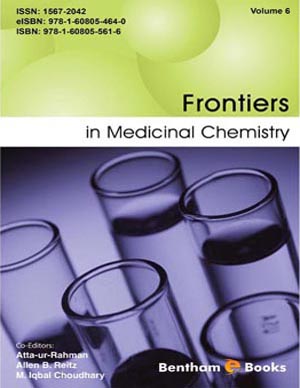Abstract
Poly(ADP-ribose) polymerase (PARP) comprises of a family of enzymes which catalyses poly(ADP-ribosyl)ation of DNA-binding proteins. To date, 17 isoforms of PARP with different structural domains and functions have been identified: PARP-1, PARP-2, PARP-3, PARP-4 (Vault-PARP), PARP-5 (Tankyrases-1 and 2), PARP-6, PARP-7 (tiPARP), PARP-8, PARP-9 (BAL1), PARP-10, PARP-11, PARP-12, PARP-13 (ZAP), PARP-14 (CoaSt6), PARP-15, and PARP-16. PARP-1, the best characterised member, works as a DNA damage nick-sensor protein that uses beta-NAD+ to form polymers of ADP-ribose and has been implicated in DNA repair, maintenance of genomic integrity and mammalian longevity. The generation of free radicals, reactive oxygen species and peroxynitrite, causes overactivation of PARP resulting in the depletion of NAD+ and ATP and consequently in necrotic cell death and organ dysfunction. PARP has also been involved in the up-regulation of numerous pro-inflammatory genes through the activation of several transcription nuclear factors. Thus, PARP plays an important role in the pathogenesis of several diseases, such as, stroke, myocardial infarction, circulatory shock, diabetes, neurodegenerative disorders, including Parkinson and Alzheimer diseases, allergy, colitis and other inflammatory disorders. Pharmacological modulation of PARP activity may constitute a suitable target to enhance the cytotoxicity of certain DNA-damaging anticancer drugs. Also, PARP inhibition may be a viable strategy to control viral infections. This review is intended to provide an appreciation of new pharmacological perspectives of these remarkable drugs, summarize novel underlying mechanisms and discuss their potential clinical implications.
Keywords: PARP, cancer, inflammation, diabetes.






















